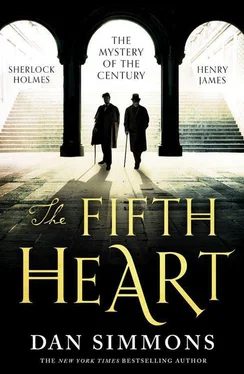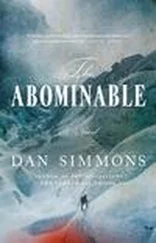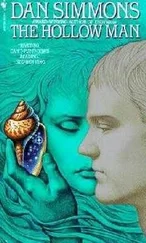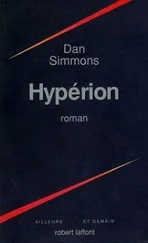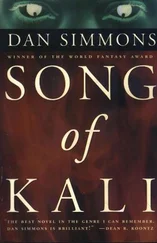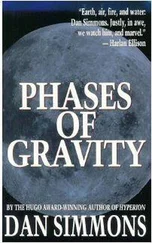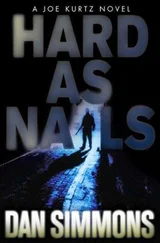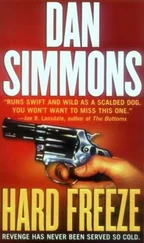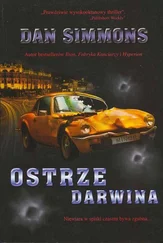“Good heavens!” said James. “I had no idea that the United States had a spy agency also called the Secret Service like the British.”
Drummond smiled and explained that he was chief agent in the Treasury Department. “Many of our men are well trained in security measures,” said Drummond, “including bodyguard protection, so we’re helping out where we can with the president’s visit to the Exposition.”
“Shall we get started?” said Holmes.
“Started with what?” asked James. He felt that he was in the wrong place with the wrong people doing the wrong things.
“Looking over the grounds to find where Lucan Adler is going to place himself on May first to kill the President of the United States,” said Holmes.
“You mean to guess where he might try such a thing,” said James.
Holmes gave him a frigid look. “You should know by now, James,” he said flatly. “I never guess.”
On the steps up to the higher of the Administration Building’s two promenades, Drummond touched James’s forearm slightly and stopped. James stopped as well.
“I just wanted to tell you, Mr. James, in case I never get another chance,” Drummond said softly, “that I believe that you’re the most brilliant writer alive and that The Portrait of a Lady is the masterpiece of the Nineteenth Century.”
James distantly heard his own voice muttering “Most kind . . . very kind of you . . .” and then they were climbing stairs again to the upper promenade. When they came out into the open air, James’s morning surliness had disappeared.
The torches and angels that James had seen through Holmes’s telescope were all too large and solid close up. The line of fluted pillars holding the gas jets which illuminated the dome at night must have been fifteen feet tall along the railing. In the angel tableaus, some of the angels’ wings rose higher than that.
When Drummond made some polite comment about the statuary, Col. Edmund Rice removed the short, never-lit cigar from his mouth and said, “Those damned angels. Getting them up here was harder than reducing Vicksburg. The straps broke on one of them and the thing fell thirty feet, burying one wing four feet into the frozen ground while the rest of it flew all to pieces.”
The four men gathered along the east railing of the upper promenade.
“Down there,” said Colonel Rice, pointing and moving his finger in a square to show size, “will be the platform from which the president will speak. We won’t let more than fifty people on that platform and . . . Drummond . . . Mr. Burnham has given permission for two of your agents to stand near and behind the president during the speech.”
“Any shot wouldn’t come from behind ,” Drummond said softly.
“For security reasons, we’re closing off the two promenades here on the Administration Building and if you agree, Mr. Holmes—the wire to me and Mr. Burnham said that your advice was to be listened to and followed whenever possible, God knows why—but if you agree, we’ll close off the promenades on all the high structures in line of sight and rifle range of where the president will be speaking.”
“Which structures will that include, Colonel?” asked Holmes.
The Commandant of the Columbian Guards—out of uniform in shirt and suspenders as the clouds parted and the April day grew warmer—used the blunt cigar to point to their extreme right.
“The eastern parts of the big Machinery Building there.”
The cigar shifted left, further east. “The Agriculture Building next to it.”
Rice pointed straight ahead with his cigar. “The entrance Peristyle has its own promenade which we’ll shut down during the ceremony.”
The cigar moved left again. “The huge monstrosity of the Manufactures and Liberal Arts Building. Long, long promenade, almost as long as the Great Basin that runs down the middle here.”
He pointed left to one of the Great Buildings they could see only part of. “The eastern part of the big Electricity Building there has a straight line to the speaker’s stand. Most of the building doesn’t.”
“And then there are the avenues themselves,” said Drummond.
“Yep,” said Col. Rice. “Look out there now and enjoy the sight of the hundred or so workers you see, because on Opening Day there’ll be at least a hundred thousand people crammed into these open spaces.”
“No place for a sniper in a crowd,” said Drummond. “Our last two presidential assassinations have been with a handgun and at very short range.”
“That’s very true,” said Holmes. “Lincoln, with a small pistol shot from a distance of less than three feet, and President Garfield, shot in the back, point-blank range, by Guiteau.”
“Who used a British-made Bull Dog revolver,” said Drummond.
“Very true,” said Holmes. “An excellent weapon. My particular friend Dr. John Watson owns a Bull Dog revolver.”
“Assuming your theoretical assassin on May first . . .” began Col. Rice.
“There’s nothing theoretical about Lucan Adler, Colonel,” Holmes said briskly.
“All right, we’ll assume that your would-be assassin will want to be somewhere high enough and stable enough and lonely enough that he can use a rifle. That could be from a window or from one of the promenades. Why don’t we look at the four Great Buildings and Peristyle going counterclockwise, starting with the Machinery Building there to the right.”
“Excellent idea, Colonel,” said Holmes.
* * *
The roof of the Machinery Hall was all cupolas, arches, and Spanish-Renaissance-ornamented gewgaws to James’s way of seeing things. In his opinion—neither asked for nor stated—any self-respecting sniper would die from the bad taste of all that ornamentation before being able to fire a shot. But Colonel Rice, Drummond, and Holmes focused on the high second-story loggia—an inset veranda that ran the entire eastern length of the building from the parade ground to the east of the Administration Building, where the president and his party would be all too visible, back west to the larger open ground in front of the Terminal Station.
“You could get a thousand people on this veranda,” said Drummond as if speaking to himself.
“More than that,” said Colonel Rice. “Pack ’em ten or fifteen deep between these Corinthian columns and this grand loggia’ll hold five thousand people, easy.”
“Perhaps a bit crowded and joggly for rifle work,” said Holmes.
“ ‘Joggly’?” said James.
Holmes flashed one of those thin, fast, tight-lipped smiles.
* * *
Moving toward Lake Michigan, Colonel Rice led them to the Agriculture Building, a domed Roman-style structure encompassing half a million square feet of display space. Before they got too close, Col. Rice pointed out Augustus Saint-Gaudens’s gold Statue of Diana, poised on one leg with her bow at full pull, that graced the top of the dome. “It was supposed to go on top of the new Madison Square Garden Building,” grunted Rice, “but it was too damned big. It serves as a good weather vane here.”
Before they entered the building, James gawked at the presence of dozens, perhaps scores, of whirling full-sized windmills, of all shapes and sizes and materials—wood, iron, steel—that filled an area near the Lagoon outside the Agriculture Building.
“That army would prove too much even for Don Quixote,” said James.
The other three men looked at him and said nothing.
“If you’re hungry, gentlemen,” said Col. Rice as they climbed steps to the upper regions, “Canada sent a twenty-two-thousand-pound hunk of cheese to be exhibited down there. It’s encased in iron and, the Canadians say, took sixteen hundred milkmaids to milk ten thousand cows to produce the twenty-seven thousand gallons of milk used to make the cheese.”
Читать дальше
